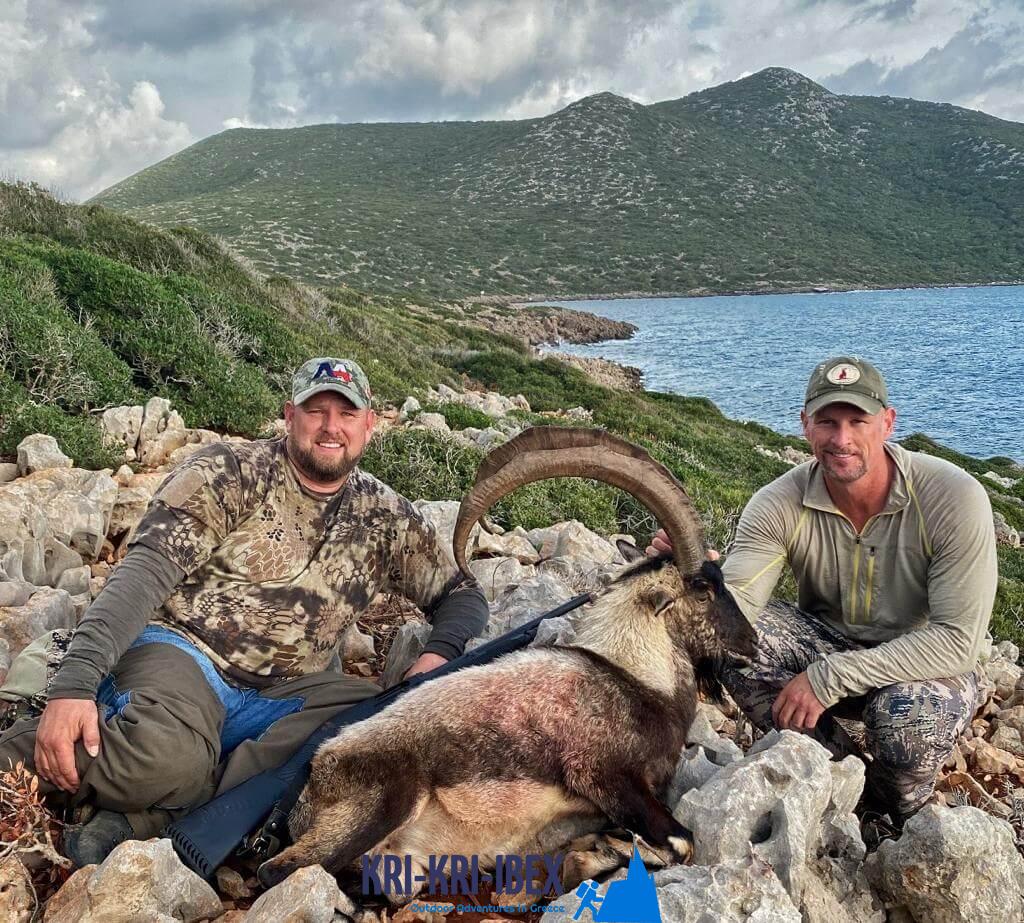Kri kri hunt for trophy animals in Greece
Kri kri hunt for trophy animals in Greece
Blog Article

To lots of people, The Peloponnese peninsula on the Greek Mainland is the 'actual' Greece, where points have not altered much in all over the centuries despite the fact that lots of people have actually uncovered it. This is a location where you might conveniently invest a month, yet if you are short promptly then our exterior hunting, Fishing, cost-free diving and also exploring Peloponnese Tours from Methoni is a fantastic service.

Hunting the kri kri ibex in Greece is an uphill struggle for both global and also neighborhood seekers. Searching huge game in Greece is restricted for global hunters, besides swines and also roe deer, which might only be hunted in safeguarded hunting areas. The kri kri ibex, an unusual goat varieties native to Greece, may be hunted on two different islands 140 miles east of Athens and also 210 miles west of Athens. On these hunts, kri kri ibex as well as mouflon might just be hunted in the morning and early afternoon, according to Greek regulation. Only shotguns are permitted, and also just slugs might be utilized. You need to schedule at the very least a year in development if you desire to go on one of these excursions. The licenses are offered by the Greek Ministry of Nature as well as Agriculture as well as are provided by the government. Only major seekers may take part in these hunts, so the licenses are limited by the government.
Our outside hunting, angling, and complimentary diving tours are the excellent way to see everything that Peloponnese has to offer. These excursions are designed for travelers that want to get off the beaten path and also truly experience all that this incredible region has to supply. You'll reach go hunting in some of one of the most lovely wilderness areas in Greece, fish in crystal-clear waters for a variety of various varieties, and also totally free dive in a few of one of the most magnificent coast in the Mediterranean. And best of all, our skilled guides will be there with you every step of the way to make sure that you have a satisfying and also secure experience.
Experience 'Real' Greece with Our Peloponnese Tours. Look no further than our Peloponnese tours if you're looking for a genuine Greek experience. From ancient ruins and castles to scrumptious food and also a glass of wine, we'll reveal you everything that this impressive area has to provide. So what are you awaiting? Reserve your journey today! Your Kri Kri ibex searching in Greece is here!
What is the diference between Kri Kri ibex, Bezoar ibex and hybrid ibex
The kri-kri is not thought to be indigenous to Crete, most likely having been imported to the island during the time of the Minoan civilization. Nevertheless, it is found nowhere else and is therefore endemic to Crete. It was common throughout the Aegean but the peaks of the 8,000 ft (2,400 m) White Mountains of Western Crete are their last strongholds–particularly a series of almost vertical 3,000 ft (900 m) cliffs called ‘the Untrodden’—at the head of the Samaria Gorge. This mountain range, which hosts another 14 endemic animal species, is protected as a UNESCO Biosphere Reserve. In total, their range extends to the White Mountains, the Samaria National Forest and the islets of Dia, Thodorou, and Agii Pandes.
This Ibex is NOT a diminutive form of the Bezoar Ibex, which has migrated into the western-most reach of the range of this species. The kri – kri (Capra aegagrus cretica), sometimes called the Cretan goat, Agrimi, or Cretan Ibex, is a feral goat inhabiting the Eastern Mediterranean, previously considered a subspecies of wild goat. The kri-kri has a light brownish coat with a darker band around its neck. It has two horns that sweep back from the head. In the wild they are shy and avoid tourists, resting during the day. The animal can leap some distance or climb seemingly sheer cliffs.
“The agrimi goat Capra aegagrus cretica is unique to Crete and its offshore islands. It has been identi®ed as a sub-species of the wild bezoar goat Capra aegagrus aegagrus Erxleben, 1777, which it closely resembles in horn shape, body form and coloration. This classi®cation has been disputed by some researchers who claim that the agrimi are feral goats, derived from early domestic stock brought to the island by the ®rst Neolithic settlers. In order to clarify this issue, DNA analyses (cytochrome b and D loop sequences) were carried out on tissue of live and skeletonized agrimi and compared to sequences of wild and domestic caprines. Results conclusively show the agrimi to be a feral animal, that clades with domestic goats (Capra hircus) rather than with wild Asiatic bezoar. This study demonstrates that morphometric criteria do not necessarily re¯ect genetic af®nities, and that the taxonomic classi®cation of agrimi should be revised.”
Report this page